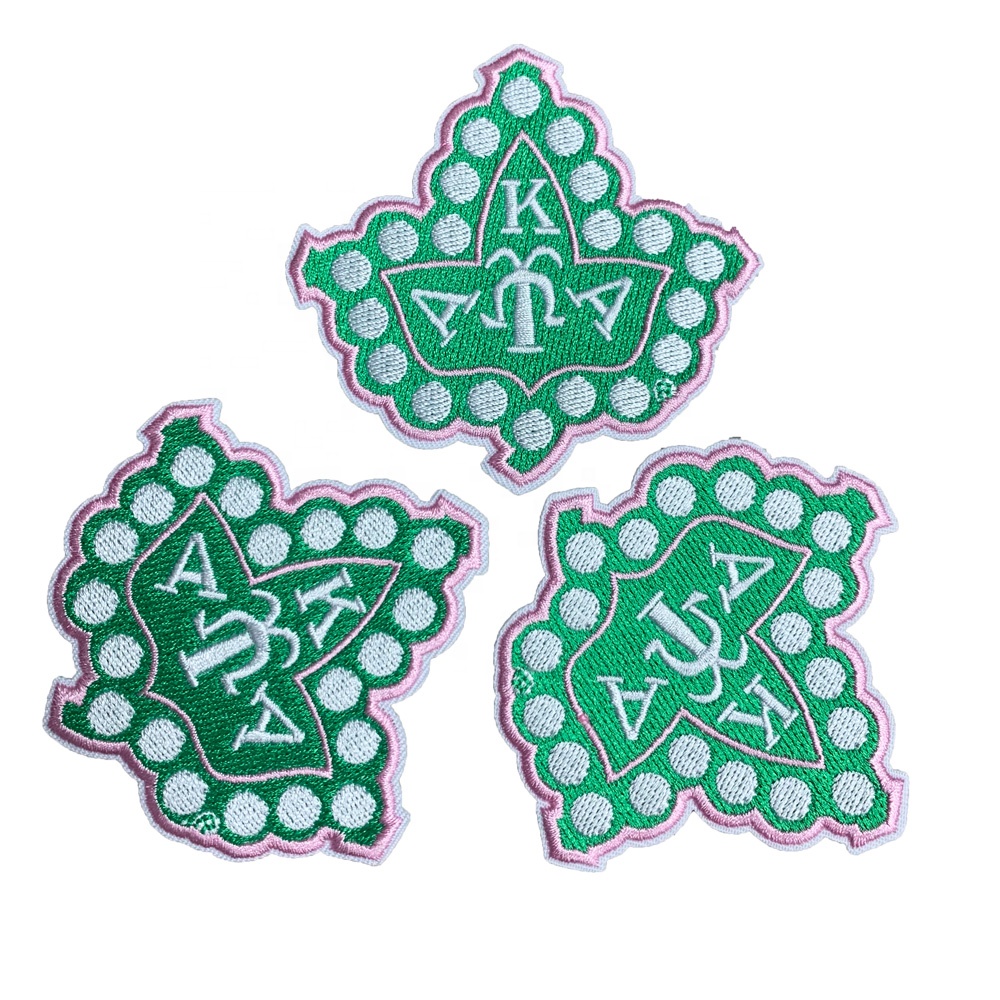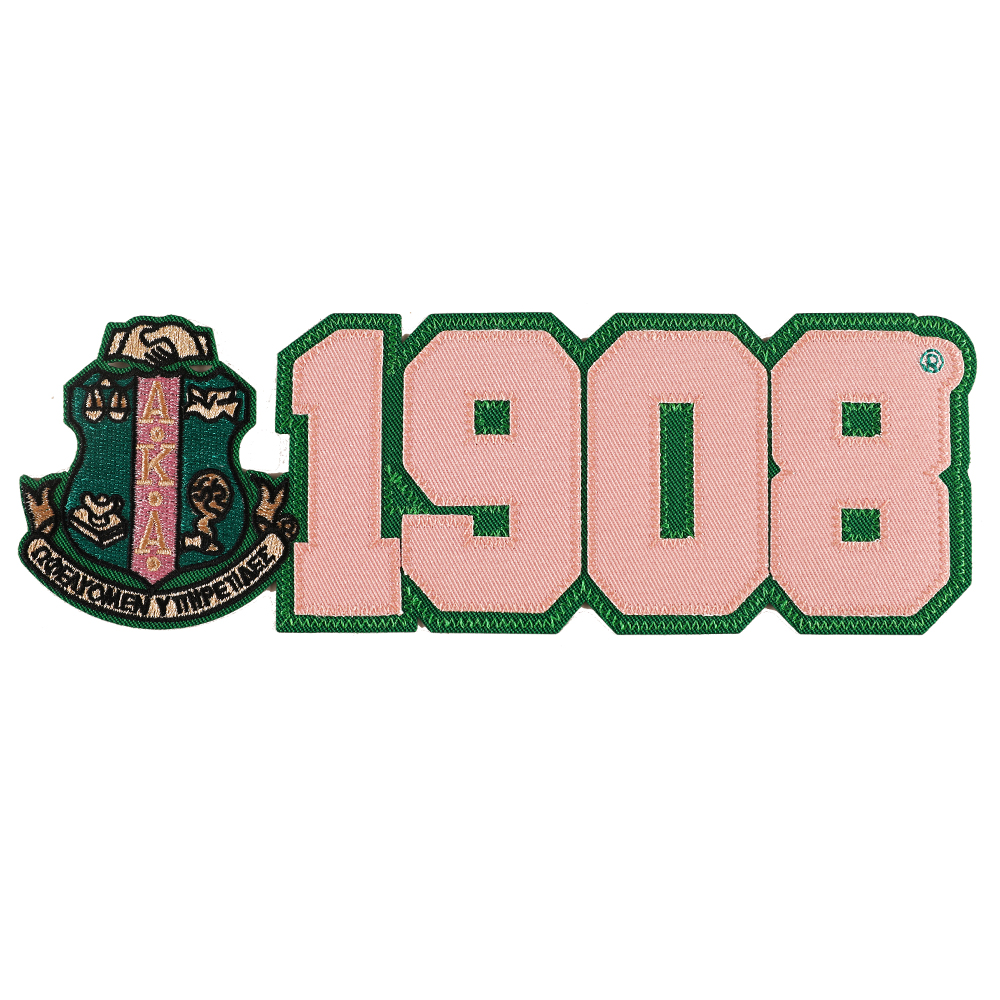If you’ve been looking at various ways to decorate a plain t-shirt, you’ve probably come across practices involving sewing designs with thread into the shirt’s fabric. Two popular methods are tackle twill and embroidery. But what are the differences between tackle twill and embroidery?
You’ve almost certainly seen both methods of decorating a t-shirt and can quickly tell the difference between them visually. But you may not know what each is called, how they are applied, and the appropriate applications for each method of decorating a t-shirt.
Although both tackle twill and embroidery involve creating designs on garments with thread, and thus tackle twill can broadly be considered a form of embroidery, there are significant differences between the two decoration methods.
We will consider each method in turn so that you can understand what each involves, the visual effect they create, and what appropriate uses for each mode of decoration.
Tackle Twill For T-Shirts
Tackle twill, also known as applique, is a type of embroidery wherein custom-cut patches of fabric, also known as appliques, are sewn onto the fabric of garments such as t-shirts and hoodies using a thick border of stitches around the edge of the patches.
The stitching used to sew the appliques on is often contrasting to the color of the patches, creating a strong contrast and distinctive visual effect.
Although it is most often used to apply letters or numbers to garments, any shape can be custom-cut and sewn on.
The patches are made of a tough and durable polyester-twill, hence the term tackle twill for this method of embroidery. This fabric has a distinctive diagonal rib pattern created by the weaving process.
This material is usually applied to the garment first with a heat press and then sewing around the edges.
The durability of the patches and the edge stitching mean that this is a durable method of customizing a garment such as a t-shirt. This durability means that it can withstand heavy physical activity and will last longer than screen printing.
It is also more cost-effective for large designs than regular embroidery, as the fabric patches are simple to set up, cut, and stitch onto apparel, and the stitching counts are lower.
Uses For Tackle Twill On T-Shirts
tackle twill vs. embroidery
Source: Pexels
Sports teams often use tackle twill for the names and numbers on sports jerseys due to its toughness and durability. If you are going to be creating garments for sports teams or their supporters, you will want to add this customization method to your repertoire.
Greek organizations often use tackle twill to decorate apparel with their letters. If you are catering to fraternities and sororities, you will be using tackle twill to customize shirts such as sweatshirts or heavyweight t-shirts in the fall when the big rush of orders floods in.
Schools often use tackle twill for garments such as hoodies to spell out their names.
If you are catering to any of these markets, or if you are going for a sporty or preppy look for your custom apparel, you should consider using tackle twill.
Embroidery For T-Shirts
Embroidery is an ancient art of creating designs on fabric by using threadwork. It has diversified into a variety of different types using different fancy stitches. However, embroidery for t-shirts uses only one type of stitch: satin stitch.
Satin stitch is a simple type of stitch where straight lines are created on the material’s surface. By putting many stitches next to each other, areas of color are formed on the fabric’s surface.
These stitches can be parallel, or they can be at angles to each other to create different visual effects. Essentially, one is painting with thread on fabric to create lettering and designs.
For a fancier design, one can embroider in a single color or multiple colors. It is not limited to creating simple designs such as words; you can also make more complex designs such as a multi-colored picture.
Embroidery is almost always done with a hoop: a clamping device that holds a small section of the fabric taut for the stitching to be done. Even nowadays, with computerized embroidery machines, this is the case.
Embroidery was for a long time done by hand. These days commercial embroidery on apparel is done with computerized machines that can do the work much faster than someone embroidering by hand.
The design can be repeated as many times as you like for bulk orders, just as with printing. Therefore, these computerized embroidery machines have revolutionized embroidery the way the printing press revolutionized the creation of books.
There are also some unique sub-types of embroidery, such as puff embroidery, wherein a puffy filling is used to create the design and then stitched over to create a relief (embossed) effect.
Post time: Aug-29-2023



